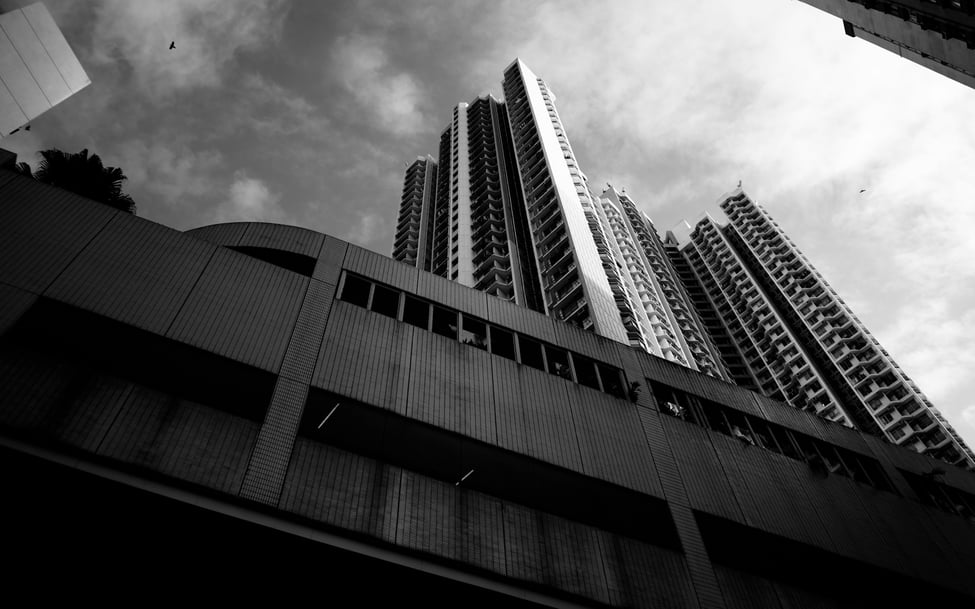Navigating the Nuances of Newcomers: Port Moody's Evolution
Port Moody, a serene enclave nestled between the mountains and the sea, has long been cherished by its old-school residents for its tranquility and charm. However, in recent years, the arrival of newcomers from larger, more expensive cities has sparked a range of emotions among the locals. Let’s delve deeper into the multifaceted reasons why some Port Moody residents aren’t exactly rolling out the welcome mat for these newcomers.
Industrial to Suburb: Port Moody's history is deeply rooted in its industrial past, where dense forests and bustling mills once dominated the landscape. For many long-time residents, the transformation into modern subdivisions and high-rise developments has been bittersweet. They reminisce about simpler times when the air was thick with the scent of timber rather than the hum of construction. The nostalgia for Port Moody's rustic charm runs deep, and the rapid urbanization can leave many feeling disconnected from their roots.
Higher Cost of Living: The soaring property prices in Port Moody have become a source of concern for many residents, especially those who fear being priced out of the housing market. It's undeniable that the city's desirability has contributed to the exponential increase in home values over the years. For some, the dream of owning a home in Port Moody feels increasingly out of reach. Yet, despite the financial strain, there's a magnetic pull to the city's lifestyle—a blend of natural beauty, cultural vibrancy, and convenient access to urban amenities—that continues to attract newcomers and drive up property values.
More People = More Cars: As the population of Port Moody continues to swell, so too does the volume of traffic on its streets. Despite efforts to expand roadways and improve transportation infrastructure, congestion remains a persistent challenge. The influx of cars not only tests the limits of the city's infrastructure but also strains the patience of residents navigating their daily commutes. However, with the recent expansion of the skytrain network, there's hope that alternative modes of transportation will alleviate some of the pressure on Port Moody's roads, paving the way for a more sustainable future.
Identity Change: The influx of newcomers, accompanied by the proliferation of familiar chains and franchises, has sparked a debate about the preservation of Port Moody's unique identity. Long-time residents worry that the encroachment of commercialization and urbanization will erode the character and charm that drew them to the city in the first place. There's a palpable sense of loss as beloved mom-and-pop shops are replaced by corporate giants, and cozy neighborhood haunts give way to trendy boutiques. Balancing progress with preservation is a delicate dance—one that requires careful consideration of the past, present, and future of Port Moody.
The New Demographic: Amidst the changing landscape, a new demographic emerges—one characterized by young families with children and pets. These newcomers, with an average age of 40, are drawn to Port Moody's reputation as a family-friendly community with top-notch schools, abundant green spaces, and a vibrant social scene. They bring with them a youthful energy and a desire to put down roots in a place they can call home. While their presence may be met with skepticism by some long-time residents, it also injects new life and vitality into the fabric of Port Moody, ensuring that the city continues to evolve and thrive.
In conclusion, Port Moody's evolution is a complex narrative woven from the threads of nostalgia, growth, and adaptation. While the influx of newcomers may stir mixed emotions among long-time residents, it also presents an opportunity for the community to embrace diversity, foster growth, and preserve the essence of what makes Port Moody a beloved home for all who reside within its embrace.
What's your take on this?
.png)
